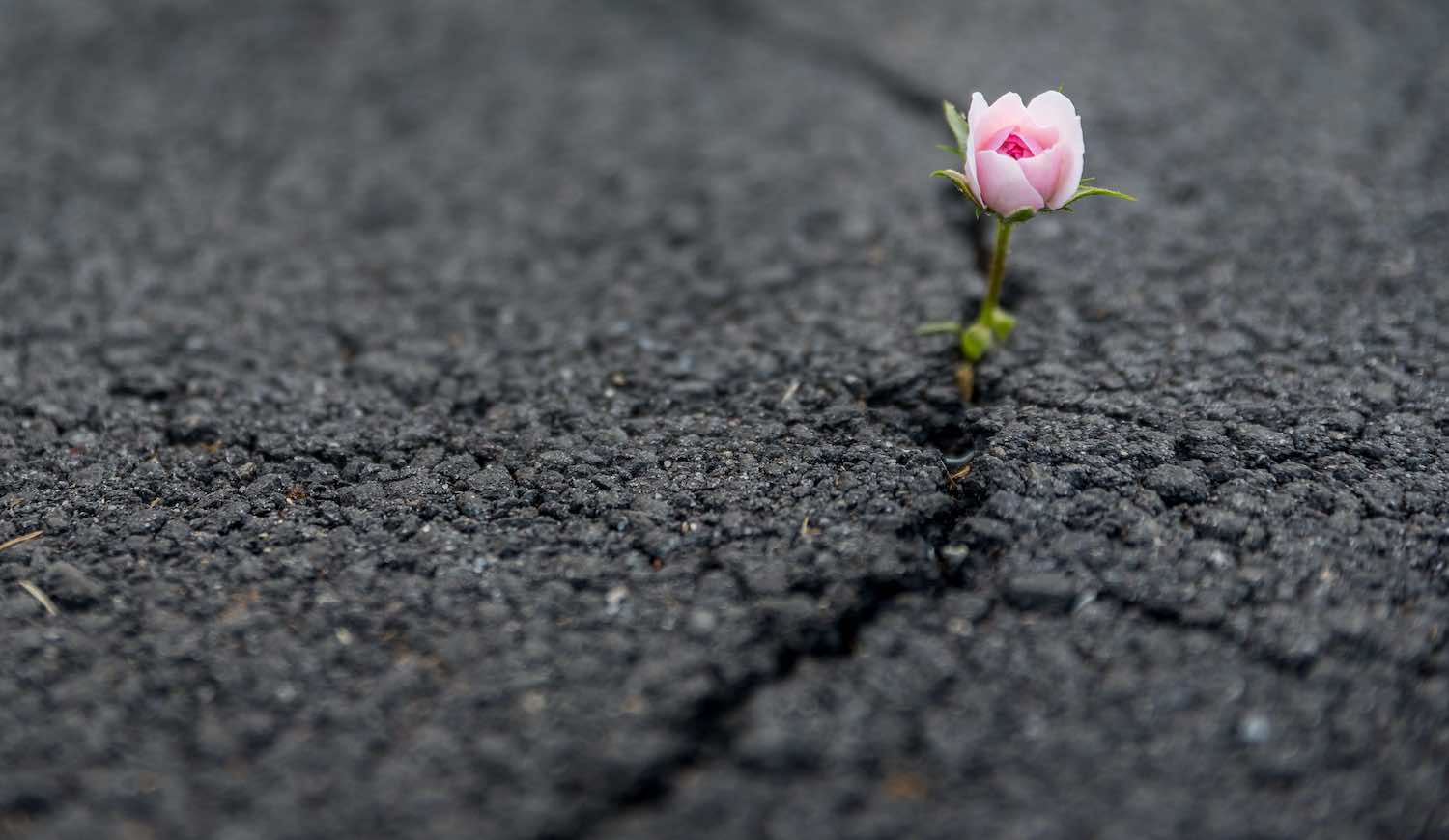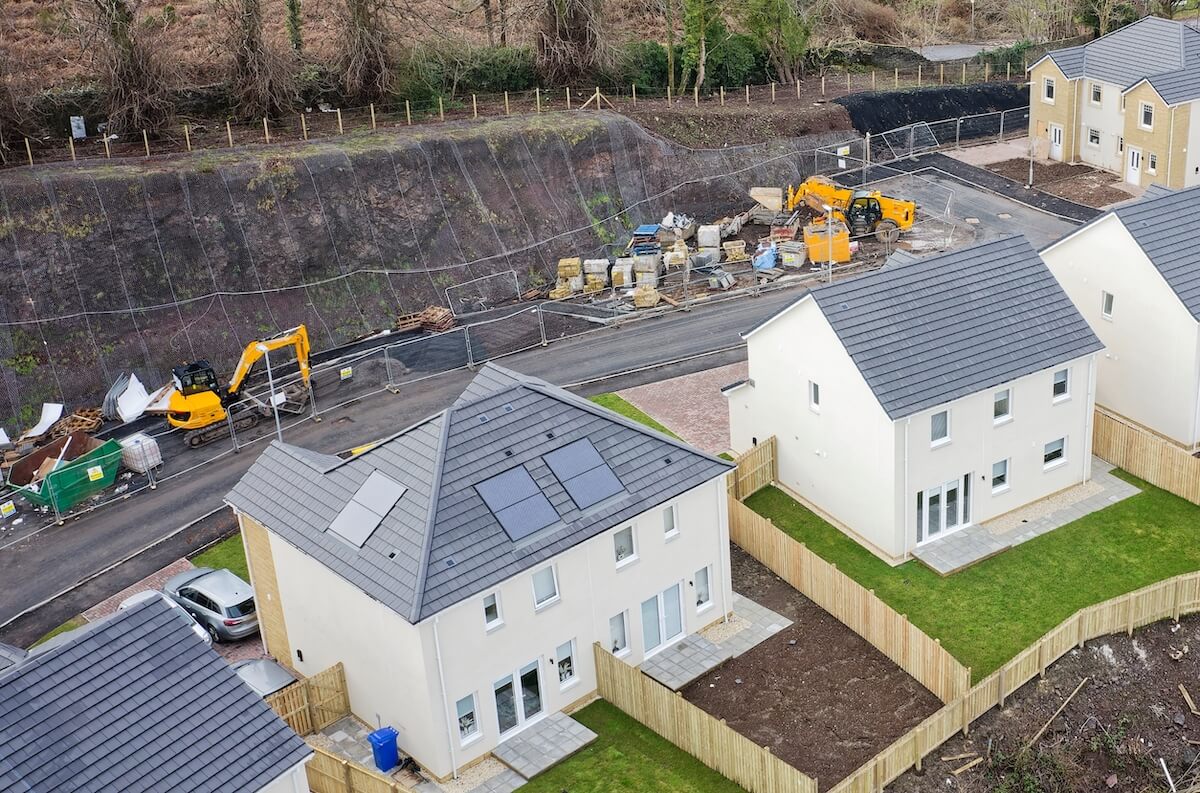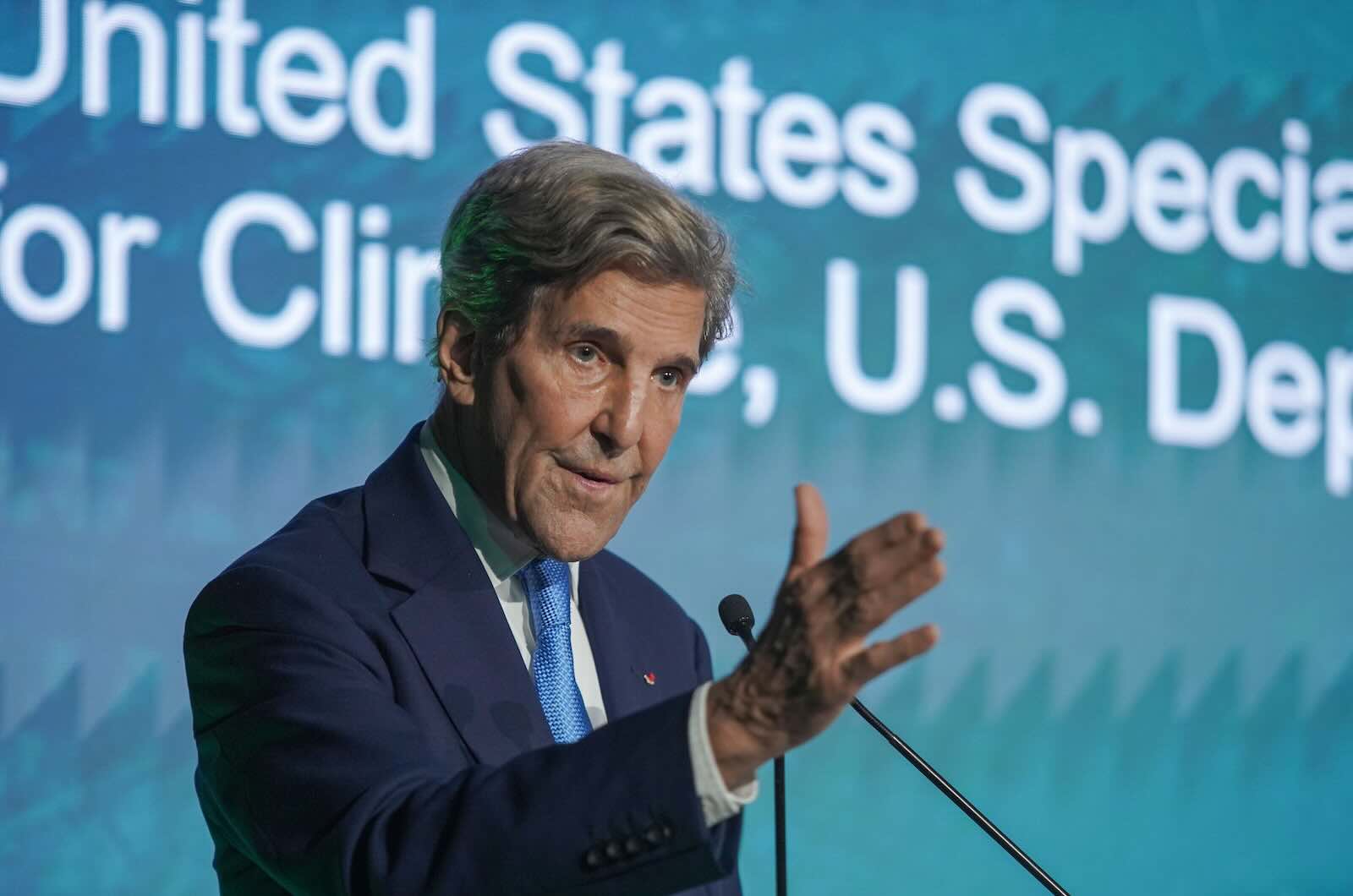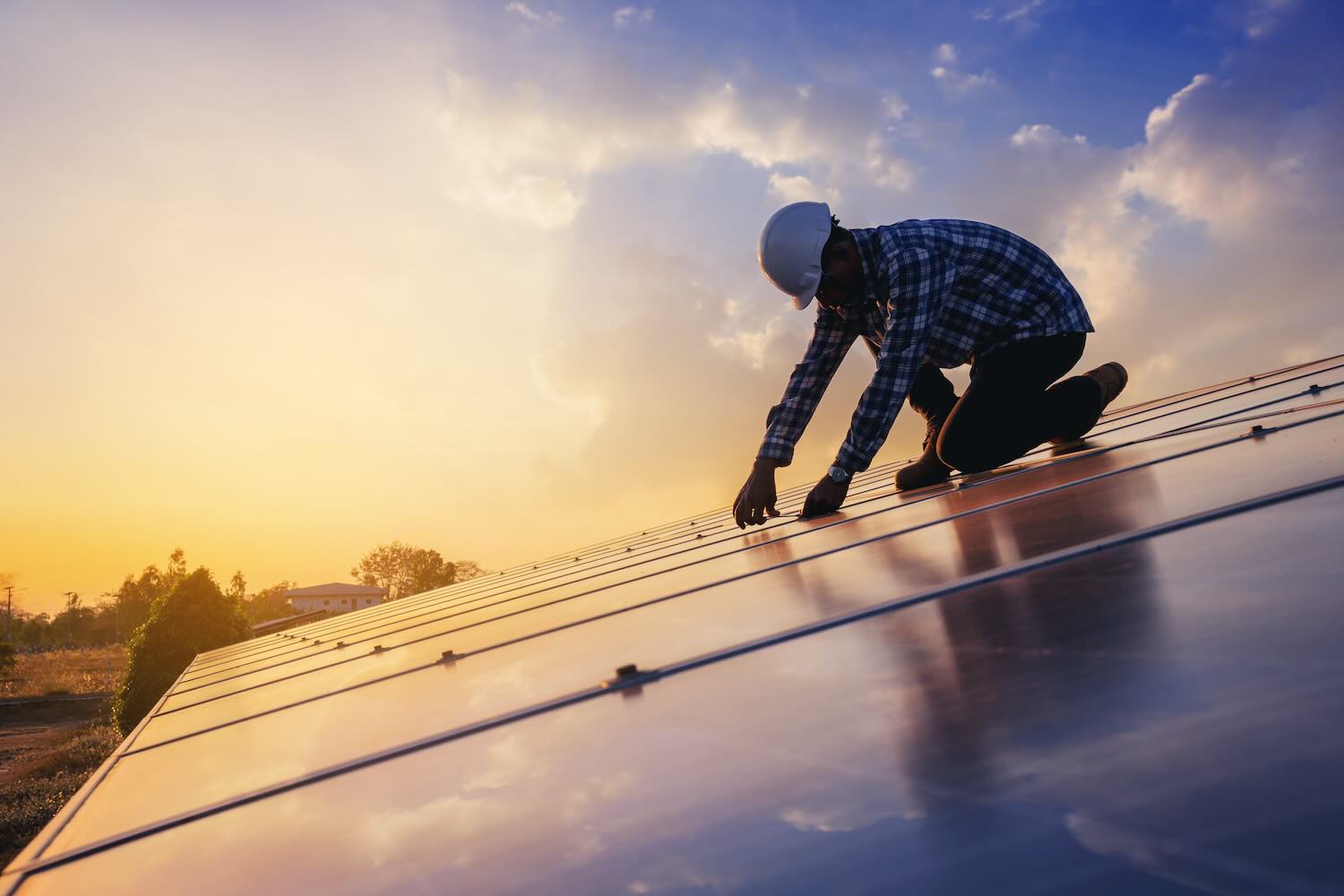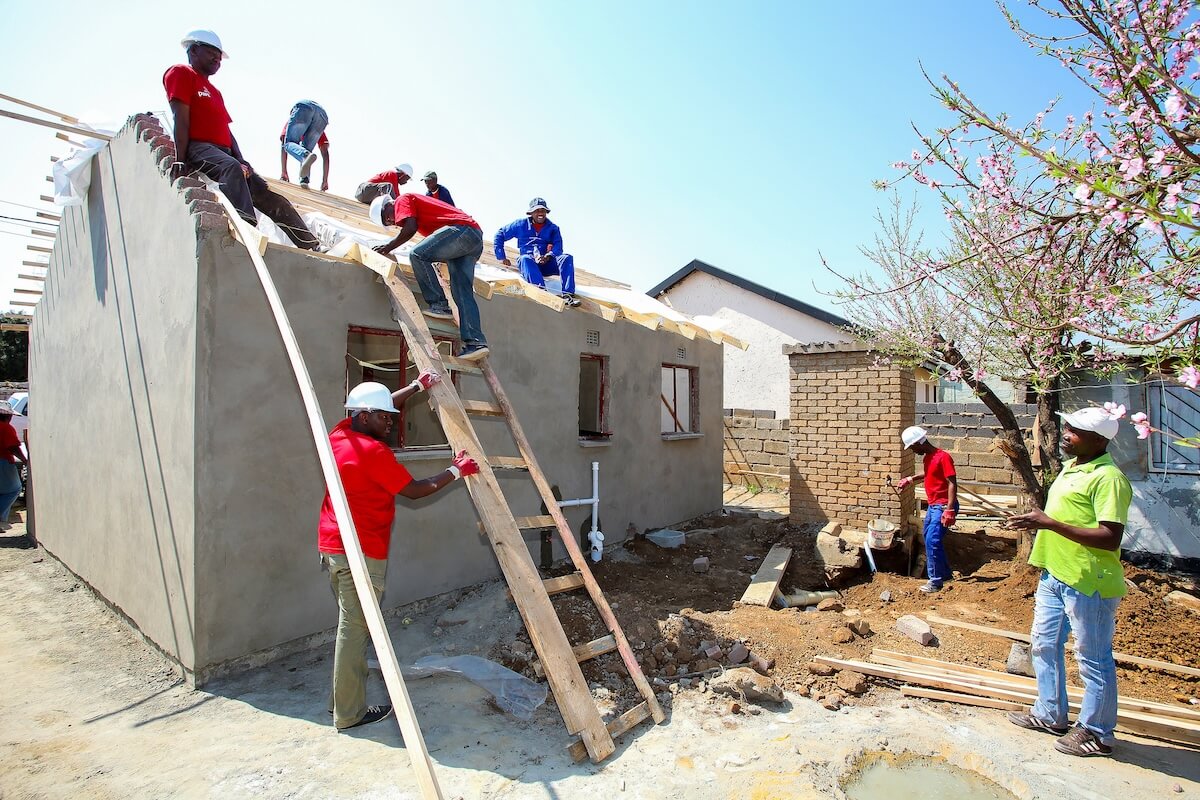ImpactAlpha, Jan. 26 – Investments aimed at mitigating greenhouse gas emissions have long overshadowed financing for efforts to help communities adapt to climate change. That is changing as droughts, floods, storms and wildfires disrupt livelihoods, exacerbate food and water insecurity and widen the economic divide.
Investments in green infrastructure, soil health, water conservation, and digital tools for farmers can increase resiliency to baked-in weather patterns. A dollar invested in adaptation saves up to seven times that in disaster-related costs.
Yet adaptation funding accounts for barely 5% of global climate investment, or around $30 billion in 2017-2018. That needs to ramp up by as much as 10x to meet the adaptation needs of developing countries.
“Adaptation cannot be the neglected half of the climate equation,” said the U.N.’s António Guterres at this week’s Climate Adaptation Summit hosted by the Netherlands. He urged donor governments and development banks to deploy half of their climate funding for adaptation, up from 20% today. (The Dutch government, for one, has committed to do so).
U.S. climate envoy John Kerry vowed the U.S. would “significantly increase” climate funding, including by making good on the $3 billion pledged to the Green Climate Fund under President Obama; $2 billion of that was held up by President Trump. “It’s cheaper to invest in preventing damage, or minimizing it at least, than cleaning up,” Kerry says.
Financial innovation
Financing mechanisms can help developing nations tap institutional funding and unlock domestic funds for climate adaptation, suggests a report released at the adaptation summit. Debt-for-climate swaps, such as one created for the Seychelles, let third parties purchase and restructure a country’s debt and use the proceeds to fund ecosystem-based climate adaptation. Other examples: climate resilience bonds, climate insurance for small farmers, and nature performance bonds, where payments are reduced for nature-based outcomes.

